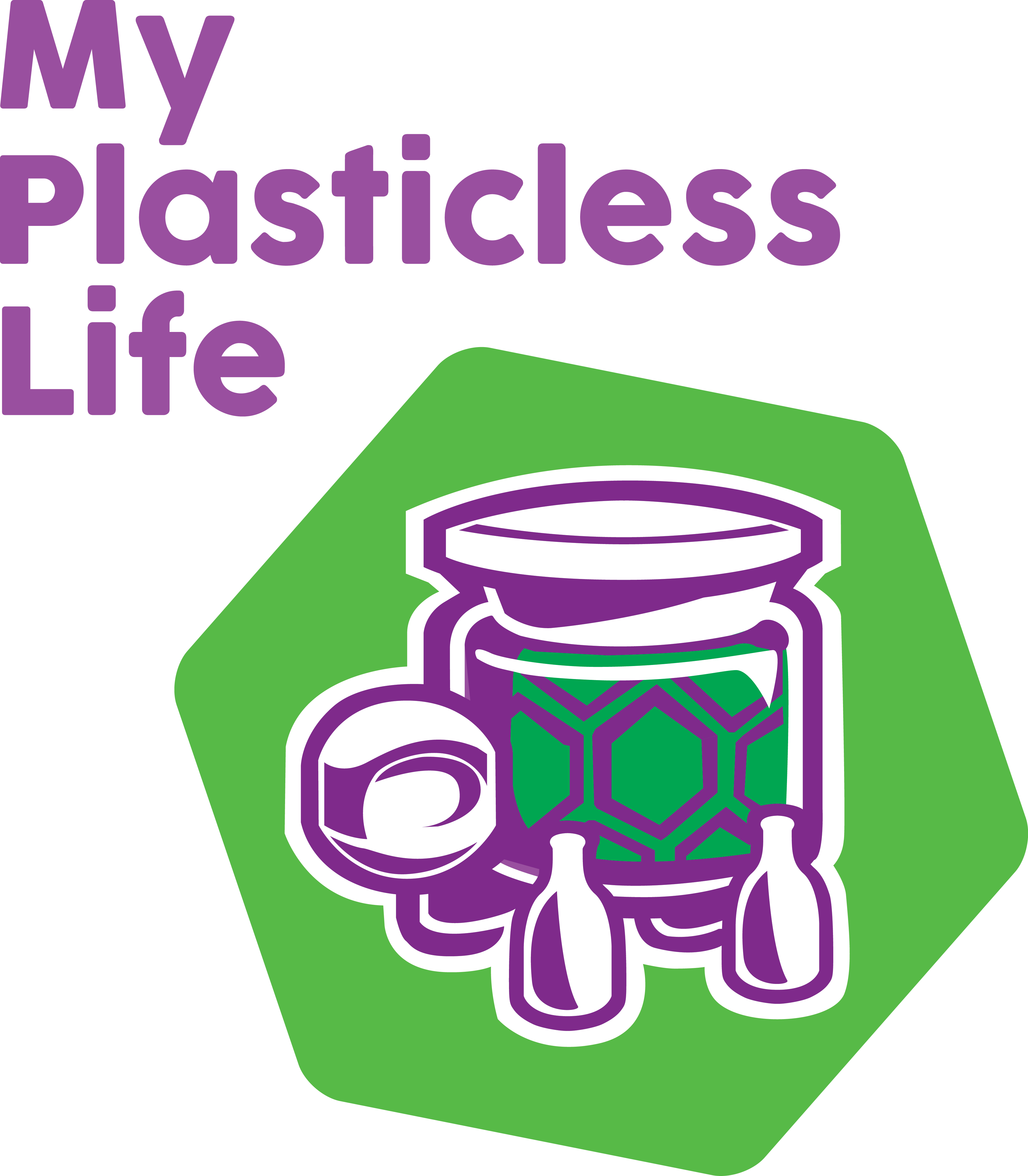How can you keep up a plastic free lifestyle during a lockdown when shopping options are limited? Here are some of the things I've done in the last couple of months to minimise my footprint. Not everything worked out great, but I've built some new habits and discovered some new options.
Step 1: Use up all the food in your house
As I found myself with more time for cooking, I decided to empty out all the cupboards in the kitchen and found lots of 'forgotten about' ingredients that we don't normally use. I made it my challenge to use up at least one of these for every meal so I could start getting through them. There is no point in having food in your kitchen if you're never going to eat it! We've done a pretty good job of this, we're now left with a vast range of flavoured salts that have been gifted to us at various times. They might take a bit longer to finish up. In short, try to use up as much of the food that is already in your house to avoid going out unnecessarily.
Step 2: How to avoid supermarkets
Supermarkets have been (and still are) one of my scariest places to be during this pandemic. It is really tricky to keep distance with everybody and you don't really know who has touched all the items before you. On top of that, a lot of their products are plastic packaged. There are still a few things that we normally buy from supermarkets on a regular basis (flour, tinned foods, pasta, stock cubes, etc) and have it delivered once in a while. It has been incredibly difficult to obtain delivery slots for these recently so we've looked at other options. How to avoid supermarkets:
- bulk shops are much less busy usually so a very good option for weekly shopping. They also suffered much less from the shortages that were affecting supermarkets when people started panic buying.
- local grocers / butchers / independent shops are also less busy and have a pretty good stock of all the things you find in the supermarkets. I buy fresh meat only very occasionally and exclusively from local butchers so this wasn't a big change for me.
- wholesalers started selling to privates following the closure of the catering industry. See step 3 for more details.
Step 3: Wholesalers wins and fails
As wholesale food retailers started making their stock available to normal people (when they would normally only sell to catering businesses), lots more options opened up for us. Not everything went as expected though, here are some wins and fails:
Wins:
- we bought two 25kg sacks of flour, which we've been using regularly and are nearing the end of now. They are made of strong paper.
- Large sausage for aperitivo and pizza came completely naked.
- Large tins of pizza sauce saved on packaging as they use less material than lots of small tins.
- Large tins of anchovies (see above)
- 2kg block of mozzarella uses a lot less packaging than individually wrapped 500g ones, we cut it up and froze it in containers.
- 1.2kg of pancetta (see above)
- 5kg tin of sunflower oil. this normally comes in plastic at the supermarket. Now we can refill a bottle we already had and keep the tin in the garage.
Fails:
- The sacks of flour had some tape on them.
- We bought what we though were 24 cardboard boxes of spaghetti (that is what was portrayed on the website) but they turned up all plastic packaged instead.
- Large boxes of frozen goat cheese (we had these before and knew they were just cardboard) had been swapped for plastic boxes.
- A few of the things in the wins were in plastic packaging (e.g.: mozzarella and pancetta) but they were very large portions so a lot less than you would get at the supermarket for the same quantity of food.



Step 4: Set up some systems
With a bit of extra time on my hands I started to do a lot more meal planning to make sure all the food and vegetables we had delivered were used up before they went bad. I also started doing some re-purposing projects trying to re-use materials and objects that I wanted to save from landfill. (More on this coming soon)
To help me with this, I set up a re-purpose drawer, where I put things I think might be useful to reuse in some way until they are needed. Our drawer is mainly filled up with empty bottles which are too pretty to throw away, metal tins and different types of containers. This way, I don't lose the items I want to save up and I always have somewhere to look when I need a spare bottle or container. From now on, each time I need to prepare a gift, I will think of how I can re-purpose one of the items in my drawer to make a home-made unique gift instead of buying something new with a larger footprint.

Step 5: Make things from scratch
With every meal cooked and eaten at home, there is a little more scope for creativity and trying something new. I started making more things from scratch whenever I had the time and possibility. As a household, we dedicated whole Sundays to pasta making so we would have fresh pasta in the freezer with virtually no plastic footprint (flour & water/eggs). We've also started saving our food scraps for stock making in a much more organised way so that we build up enough for about a pot of stock a month.
Here are some ideas of things you can make from scratch.
I hope this was useful, or at least an insight on how I tackled trying to be plastic free as much as possible with limited resources.



